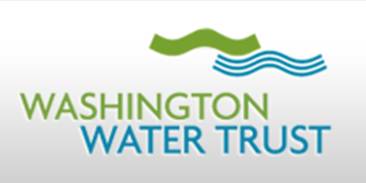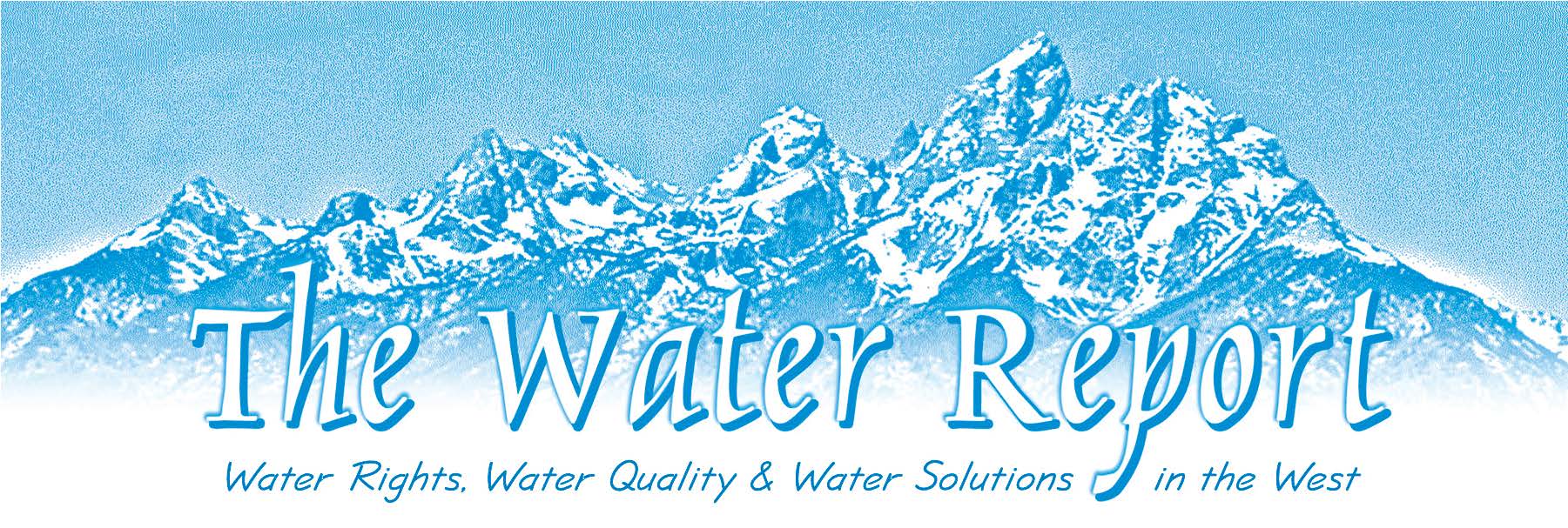Sept to Dec 2023 Edition 2023 State Conference Recap Session 4: Northeast Session Summary by James Bush, Hydrogeologist at Aspect Consulting The fourth session of the conference covered the northeastern corner of the state and featured presentations by Chris Fisher, Stan Miller, and Mark Faupel and Robin Nimmer (co-presenters). The presentations focused on projects and collaboration among partners to overcome challenges in northeastern basins. Chris Fisher (Confederated Tribes of the Colville Reservation) discussed recent projects and collaboration with American and Canadian partners in the Okanagan basin to meet fish, drought supply, and flooding challenges. The first project Chris discussed was the Fish-Water Management Tool developed to manage releases of water from Okanagan Lake which has resulted in a dramatic increase in salmonid populations. The tool allows for data-driven decisions to balance competing water needs. Chris also discussed enhancement projects including addition of new gates and a riffle at McIntyre dam, (which opened 11 more river miles to fish habitat), development of additional rearing area at Skaha Lake, and a new fishway into Okanagan Lake. The next challenge that Chris and his partners are working on in the Okanagan is finding ways to defeat a thermal fish barrier that develops annually when river flows are low and water temperatures rise. This year’s Outstanding Service Award winner, Stan Miller (Spokane County, retired), discussed his experiences over five decades of water management in Spokane County. Stan began with the 1974 World’s Fair, held in downtown Spokane on the banks of the Spokane River, which shifted attitudes towards active stewardship of the river. This new sense of stewardship found action in an aquifer water quality study (1976-1978), declaration of the Spokane Valley-Rathdrum Prairie Aquifer as a Sole Source Aquifer (1978), and development of Citizens’ and Technical Committees featuring participants from Washington and Idaho. Stan then moved on to implementation of the Source Water Protection Act (1986), assessments of the river-aquifer system which substantially shifted scientific understanding of the system (1990’s and 2000’s), and then recent actions use this updated understanding to address water quality and quantity in the river. Mike Faupel (Palouse Basin Aquifer Committee [PBAC]) and Robin Nimmer (Alta Science and Engineering, Inc.) co-presented on the Palouse Basin, its history, its challenges, and the formation of PBAC to collaboratively meet those challenges. Mike led by discussing PBAC’s mission and present-day composition as a collaboration of partners across two states, two counties, two cities, and two universities. Robin then discussed the history and evolution of water resources within the Palouse Basin Aquifer; starting in 1890 when the first City of Pullman well flowed at 3 million gallons per day, to today when the aquifer has experienced 170 feet of water level decline. She then moved onto PBAC’s successful actions to slow the decline in water levels while supporting increasing water use. Finally, Robin presented the five water supply alternatives currently under consideration by PBAC: 1) direct use of Paradise Creek and the South Fork of the Palouse River, 2) direct use of the Snake River, 3) direct use of the North Fork of the Palouse River, 4) direct use of Flannigan Creek, and 5) aquifer recharge from the South Fork of the Palouse River. Read Last - Walla Walla Basin Read Next - Yakima Integrated Plan |




